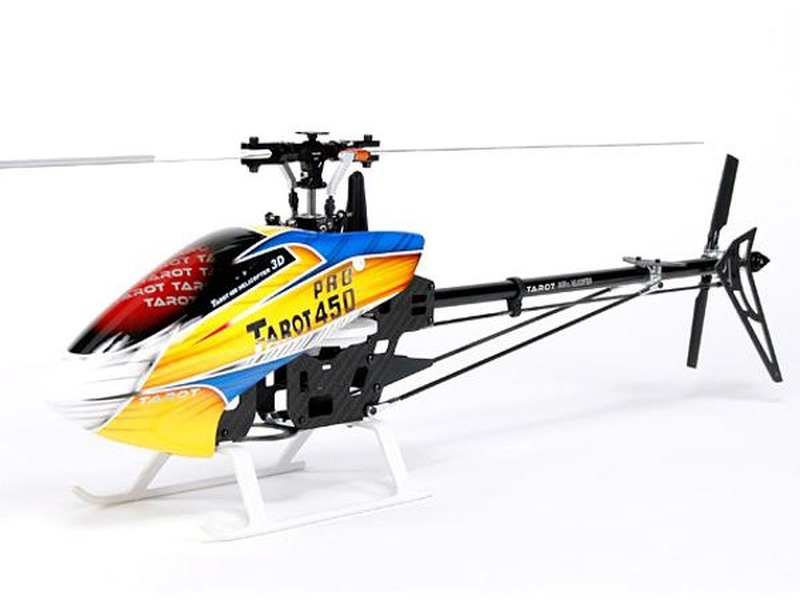How is RC helicopter head speed calculated?

Head speed is an important factor when it comes to flying a radio-controlled (RC) helicopter. Head speed is the speed of the rotor blades as they spin, and it is measured in revolutions per minute (RPM). The higher the head speed, the faster the helicopter can fly.
Head speed is calculated by measuring the number of times the rotor blades rotate in a given period of time. This is done by counting the number of times the blades rotate in one minute. To do this, you need to use a tachometer, which is a device that measures the rotational speed of a motor or other rotating object.
The head speed of an RC helicopter is determined by the size of the rotor blades, the type of motor used, the battery voltage, and the type of gearing used. The size of the rotor blades affects the amount of lift generated, so larger blades will generate more lift and require more head speed. The type of motor used will also affect the head speed. Brushless motors are more efficient and will require less head speed than brushed motors. The battery voltage will also affect head speed, as a higher voltage will generate more power and require more head speed. Finally, the type of gearing used will also affect head speed. Different types of gearing will require different head speeds, so it is important to choose the correct gearing for your application.
Once the size of the rotor blades, the type of motor, the battery voltage, and the type of gearing have been determined, the head speed can be calculated. To do this, you need to calculate the torque of the motor, which is the amount of force the motor can generate. This is calculated by multiplying the voltage of the battery by the current of the motor. The torque is then multiplied by the gearing ratio to determine the head speed.
Once the head speed has been calculated, it can be adjusted to suit the flying conditions. Generally, a higher head speed will give more lift and allow the helicopter to fly faster, but it will also increase the amount of strain on the motor and battery. Conversely, a lower head speed will reduce the strain on the motor and battery, but it will also reduce the amount of lift generated.
In conclusion, head speed is an important factor when it comes to flying a radio-controlled helicopter. Head speed is calculated by measuring the torque of the motor and multiplying it by the gearing ratio. The head speed can then be adjusted to suit the flying conditions.
Comments / Question
2. Battery: The type and capacity of the battery will also affect head speed. Larger capacity batteries can provide more power to the motor, resulting in higher head speeds.
3. Propellers: The size and shape of the propellers will also affect head speed. Smaller propellers will generally be able to spin faster, leading to higher head speeds.
4. Weight: The total weight of the RC helicopter will have an effect on the head speed. Heavier helicopters will require more power to achieve the same head speed as lighter helicopters.
5. Gear Ratio: The gear ratio will also affect head speed. Lower gear ratios can provide higher head speeds, while higher gear ratios can provide more torque.

